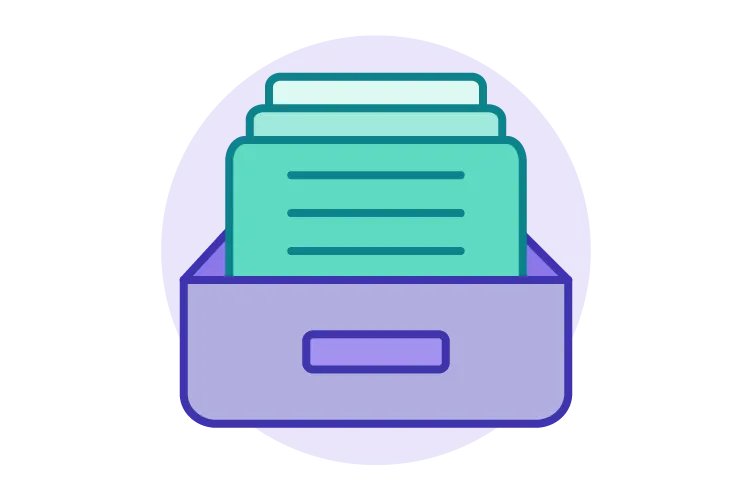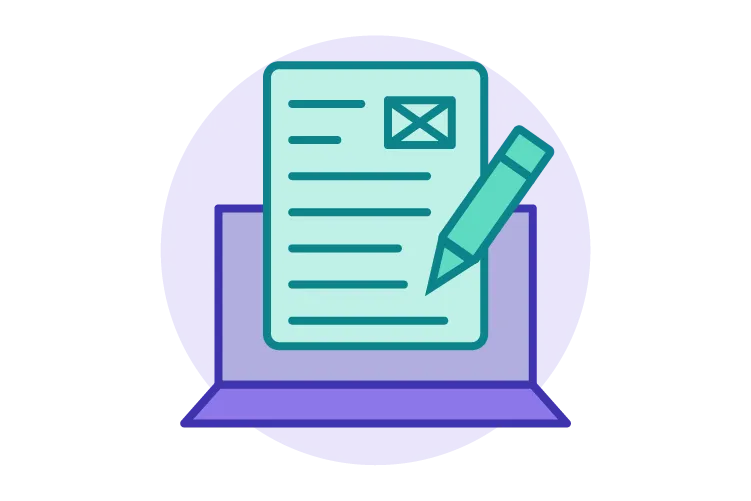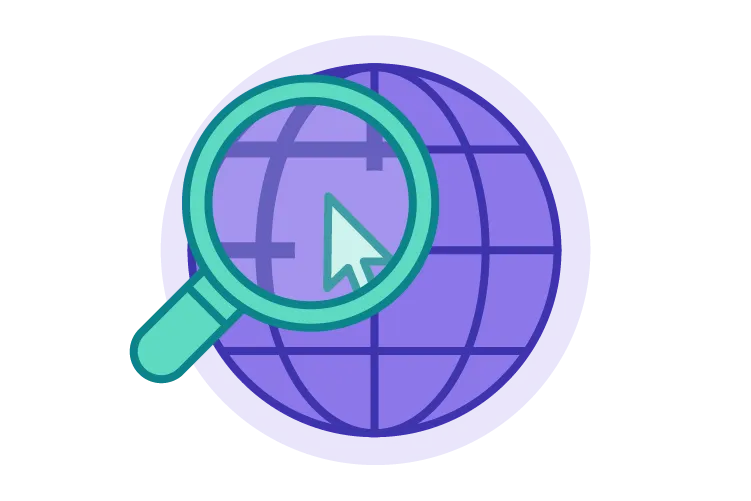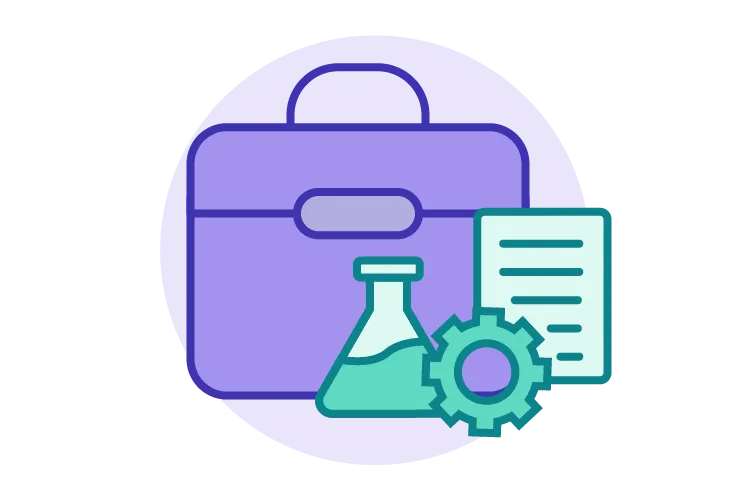



Explore a range of engaging sessions, from industry conferences to interactive workshops. Explore informative talks, network with experts, and broaden your knowledge.


Explore our diverse Blog section, featuring a wide range of topics and insightful content. Delve into thought-provoking articles, expert interviews, and stay up-to-date with the latest trends and developments across various fields.


Comprehensive resource containing a wide array of materials. Explore an extensive collection of research papers, articles, and studies around the industry from Orbus Software.


The Wiki section serves as a reliable and collaborative platform for sharing knowledge. It offers a vast repository of information, where users can access content on a wide range of subjects around the industry from Orbus Software.


Key business and IT transformation terms and technical definitions.


Retire manual processes, eliminate your data quality issues, and uncover hidden insights. With OrbusInfinity Flow and OrbusInfinity AI, your team gains access to connectivity with 150+ business applications and 22 AI-driven features, recognized as market-leading by Forrester.